

The construction sector in the Gulf has been through a series of ups and downs in the past three decades, during many of which Saudi Arabia has been the dominant force. Now in the wake of the global economic turmoil, there has been at least one major impact in the construction ranks: the kingdom is being reinstated as the magnet of the region.
Although over the past few years, Saudi Arabia remained conservative in its pace of development, today as the world reels from the effects of the financial crisis, the kingdom is striding purposefully towards instilling confidence in its economic sectors.
And it is at liberty to do so thanks to its strong economic fundamentals, huge reserves accumulated during the past few years, prudent use of these reserves and limited exposure of its banks to the real estate market and to the US subprime market.
There are ample indications that it aims to infuse confidence and propel its economic sectors forward. At the end of last year, the kingdom announced an expansionary budget – its biggest ever at SR475 billion ($126.7 billion). After registering large budget surpluses for several years, this year’s deficit budget, shows the government’s commitment to fiscal spending despite low oil prices. This aggressive spending in the prioritised areas of infrastructure and education will enable it take advantage of cheaper raw materials and the availability of construction expertise to implement projects at lower prices.
A record SR225 billion ($60 billion) has been set aside for new projects – up by more than 36 per cent allocated in 2008 – and SR122 billion ($32.5 billion) is slated for education, training and scholarship. The new projects that received budget allocations include Princess Noura bint Abdul Rahman University, the largest women-only university in the world, and King Saud University for Health Sciences and their branches. The budget has also earmarked SR52 billion ($13.9 billion) for health services and social development, SR49 billion ($13 billion) for water, municipality, agriculture, industry and infrastructure, and SR19 billion ($5 billion) for transport and communication. Under the new budget, 86 new hospitals with a total of 11,750 beds will be established and allocations have also been made for 1,500 new schools.
As part of these plans, Saudi Arabia has put its rail network programme on track by awarding a number of key contracts. It has also given flight to its ambitions in the aviation sector by announcing its intention to speed up work on the King Abdul Aziz International Airport in Jeddah, and calling for private-public partnerships in its efforts to set up airport cities. In addition, around $3 billion has been allocated for road construction projects this year, which will stretch across 8,250 km.
This apart, there are tangible signs that the kingdom is spurring construction activity in these times of gloom. Jeddah, Saudi Arabia’s second largest city, aims to push ahead with plans for a SR170-billion ($45 billion) overhaul intended to turn it into a trade and tourist centre. The sprawling Red Sea port city of more than 3 million people has been struggling with inadequate infrastructure, pollution, densely populated areas, a water supply shortage and the lack of a city-wide sewage system, according to Ibrahim Kutubkhanah, deputy mayor for construction and projects. The city has seen its population triple in 20 years – partly because of the large numbers of pilgrims who head to nearby Makkah and then stay on, often illegally – while services have failed to keep pace.
Real estate projects aimed at transforming the city’s slum areas into high-rise buildings have started to take shape. Among such projects is Dar Al Arkan’s development in downtown Jeddah which includes 15 million sq m of residential units, luxury hotels and shopping malls, to be completed over the next five years at an estimated cost of up to SR50 billion ($13.35 billion). The municipality is also implementing a SR20-billion ($5.34 billion) transportation plan over the next 15 years.
Developers have been showing renewed confidence by launching a number of projects in the region. For example last month, Sumou Real Estate Company unveiled a multi-billion-dollar mixed-use project that aims to transform a key area 80 million sq m of Makkah. Known as Makkah Gate, the project is considered to be one of the largest of its kind in the region.
Meanwhile in the Eastern Province, the Custodian of the Two Holy Mosques King Abdullah launched massive development projects worth SR54 billion ($14.39 billion) in the region’s newest industrial zone called Jubail-II, situated about 3 km to the west of the existing industrial city. They included the world’s largest desalination and power generation plant, which will supply 2,750 MW of electricity and 800,000 cu m of water daily to cities in the province, and an industrial complex for Yanbu National Petrochemical Company (Yansab) (see Regional News).
Vote of confidence
Leading financial institutions and research agencies have also been unanimous in their vote of confidence in Saudi growth potential. According to the premier investment bank in the Middle East, EFG Hermes, after years of strong oil prices and better management of the oil boom, Saudi Arabia is “in one of the strongest positions globally to face the current economic crisis and continue to support growth. We believe the investment programme will remain intact and will be the main driver of economic growth.”
Country risk specialist Business Monitor International (BMI) forecasts that Saudi Arabia’s construction industry will be worth SR82.17 billion ($21.94 billion) this year and will continue to grow to reach SR100.50 billion ($26.84 billion) by 2012.
“We note that growth is estimated to have dipped in 2008 with the sector growing by just 2.51 per cent; however, we expect growth to pick up in 2009 with yearly growth of 3.14 per cent forecast,” it said.
While Saudi Arabia’s construction sector makes up a small percentage of the country’s GDP, accounting for 3.96 per cent this year, it will have expanded to 4.87 per cent by 2012, BMI says. In 2009, the number of people employed within Saudi Arabia’s construction sector is predicted to stand at 1.07 million and is expected to increase to 1.19 million in 2012, to make up 12.9 per cent of Saudi Arabia’s total workforce.
The global financial meltdown could, however, hamper the nation’s efforts to attract private-public partnership (PPP) projects, which could lead to delays and, in some cases, cancellations of proposed infrastructure schemes.
According to Moody’s Investors Service, Saudi Arabia will weather a tough real estate market in 2009 thanks to demand for residential property, outperforming a downward trend in the rest of the Gulf.
While residential and commercial real estate markets in the Gulf are under pressure due to tight liquidity, lower demand and a worsening consumer confidence, Saudi Arabia is the notable exception as it benefits from a large and growing indigenous population base and structural under-capacity for residential property, especially for low- and middle-income families, Martin Kohlhase, assistant vice president and analyst at Moody’s, said in the report.
Outlook
Saudi Arabia is now set to regain its traditional status as the largest and most attractive construction market. Already, a number of construction companies operating in the Gulf, especially in Dubai, have decided to refocus their attention on the kingdom’s construction industry.
For example UAE-based Arabtec, which recently set up base in Saudi Arabia, has clinched a subcontract from Saudi Binladin for the highly prestigious $11.5-billion Princess Noura bint Abdulrahman University for Women in Riyadh, one of the largest construction projects in the kingdom. In January, the university awarded three packages totalling SR30 billion. Saudi Oger won one package, worth SR12.5 billion, while Saudi Binladin won the second, worth SR10 billion and El Seif won the third, worth SR8 billion.
For this year, given that property developers have taken a beating with the blood-letting in the region’s real estate sector, the government is expected to be the prime developer. Public sector efforts will go into building infrastructure such as airports, roads, railway and utilities and providing the much-needed housing requirement for a growing population.
Saudi Arabia has ambitious plans to overhaul its aviation sector at an investment of more than SR46 billion ($12.3 billion) until 2020, according to the president of Saudi Arabia’s General Authority for Civil Aviation (GACA) Abdullah Rehaimi.
Besides setting up a new company to manage its 27 hubs, Gaca is working with the International Finance Corp, a member of the World Bank Group, to develop three airport city projects at the kingdom’s three international airports – King Abdulaziz International Airport (KAIA) in Jeddah, the King Khalid International Airport in Riyadh, and the King Fahad International Airport in Dammam – and has been keenly seeking private sector participation in these efforts to launch commercial projects at all the kingdom’s international airports. While speeding up its tendering schedule for the redevelopment of KAIA, Gaca is also going ahead with an expanded new passenger terminal, which will occupy more than 600,000 sq m, an increase of 60 per cent from the 375,000 sq m that was originally conceived (see separate report).
In the transport sector, the key projects awarded this year have been for two railway schemes. These include the SR6.8-billion ($1.8 billion) civil works contract for the 444-km new high-speed Haramain railway, which went to a consortium of Al-Rajhi Construction Group, France’s Alstom and China’s Railway Engineering. Saudi Arabia has granted Foster & Partners a $38-million contract to design four stations for the new railway, which connects Makkah and Madinah with Jeddah.
Meanwhile, on the $2.8-billion North-South Railway, French defence firm Thales and construction giant Saudi Binladin Group (SBG) secured a $533-million contract to build signalling and security systems for the main 1,800-km section of the railway. Two years ago, SBG was awarded a civil works contract on the project, which stretches across 2,400 km. Thales also hopes to take part in the east-west Landbridge rail project, involving some 1,100 km of new track.
These projects are a key part of the kingdom’s plans to spend $15 billion to increase the size of its rail network nearly five-fold.
The power sector has also seen a great deal of activity recently. In December, a consortium including Korea Electric Power was awarded a $2.5 billion contract to build, own and operate an oil-fired power plant by ACWA Power International. ACWA has also awarded a $1.65-billion engineering, procurement and construction contract for Rabigh power plant to a Chinese consortium of Dongfang Electric and Sepco-III. The Rabigh plant is planned to generate 1,200 MW of power per day.
In the housing sector, Saudi Arabia will need to build 1.5 million new homes by 2015 to meet anticipated demand, according to Global Investment House (GIH). The kingdom is believed to have projects in excess of SR2 trillion ($500 billion) currently under way with the total real estate investments being around $300 billion and expected to cross $400-billion mark by 2010, GIH says (see separate report). Home ownership in Saudi Arabia stands at about 30 per cent, the lowest in the Gulf. Housing demand has been galloping at an estimated rate of 200,000 homes a year.
Speaking to Gulf Construction on the global financial downturn, key construction sector firms right from building materials suppliers to interior décor firms report manageable or negligible impact from the crisis.
In the public sector, Amr Al Dabbagh, governor of Saudi Arabian General Investment Authority (Sagia) expects 2009 to be another “great year” in terms of investment flows. The authority has profiled and presented more than “$600 billion worth of opportunities in different sectors, especially in energy, transportation and knowledge-based industries”, to its targeted partners and countries.
With the price of crude having decreased by about two-thirds from its record peak of $147 a barrel last July, investments in the oil sector have been subjected to a rethink during the latter half of 2008.
Saudi heavy-oil projects, suspended since late last year, include the $11-billion Manifa oilfield, potentially the kingdom’s biggest offshore oil development and a related $12-billion refining venture in Yanbu. According to industry sources, the Saudi national petroleum company Saudi Aramco, and the US oil company ConocoPhillips, are planning to seek bids later this year for the proposed oil refinery while work is also to start on the Manifa oilfield, which was awarded to Saipem.
With a catalogue of big-ticket projects under way or in the pipeline, ranging from the economic and industries cities – namely the $56-billion King Abdullah Economic City (KAEC) in Rabigh, the $40 billion Sudair City, $8 billion Prince Abdulaziz bin Mousaed Economic City in Hail, $8 billion Knowledge Economic City in Madinah and $3-billion Jizan Economic City – to the railway developments – the $3.5-billion North-South Railway, $10-billion Landbridge and $1.9-billion Haramain High Speed Rail – the Saudi construction market offers abundant opportunities for years to come.


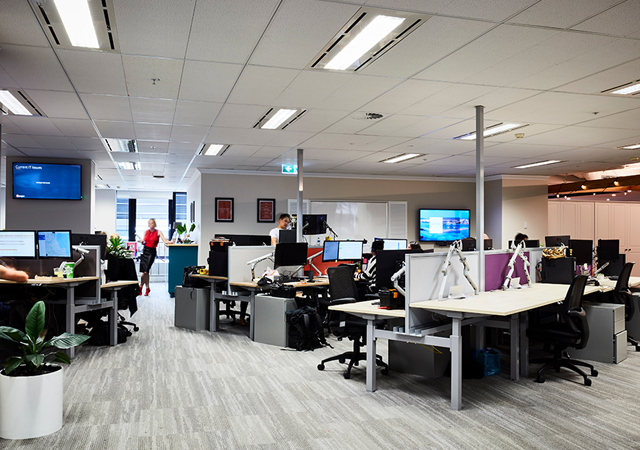
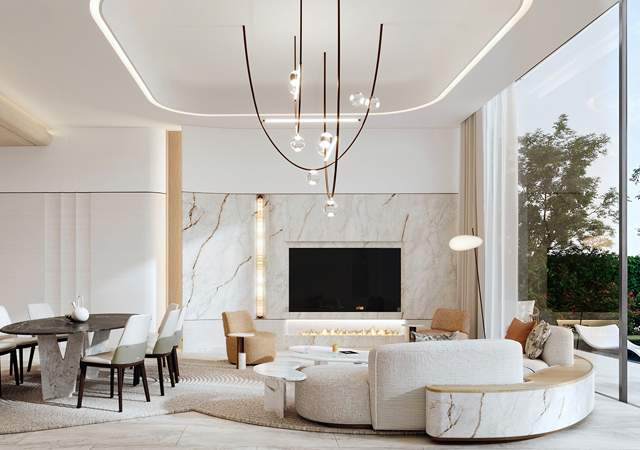
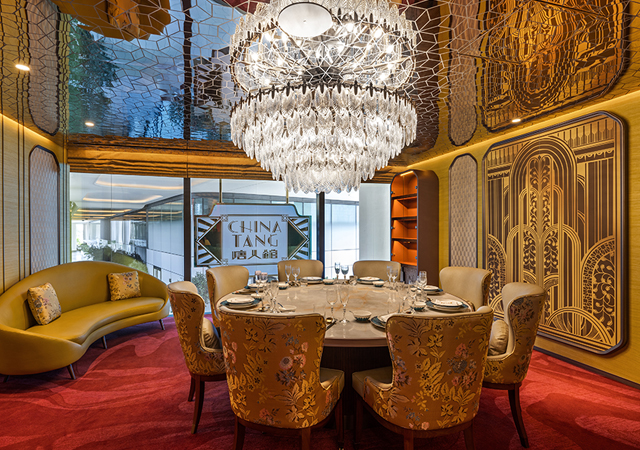
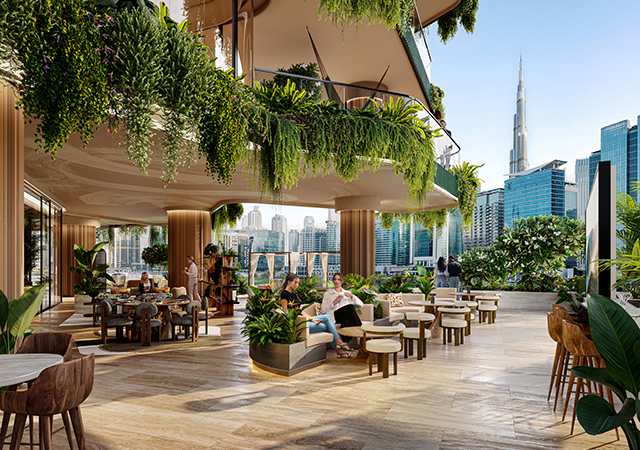
.jpg)
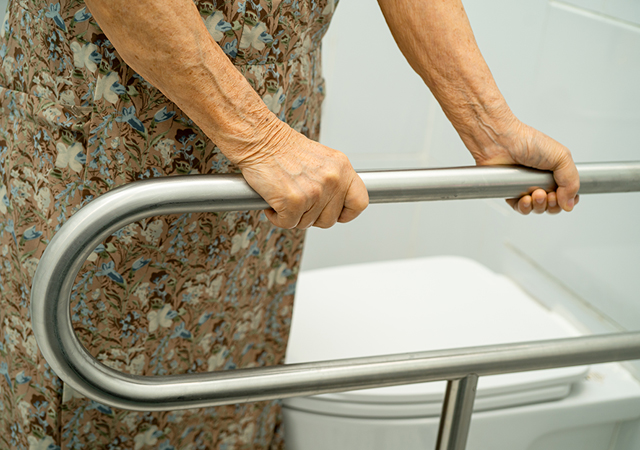
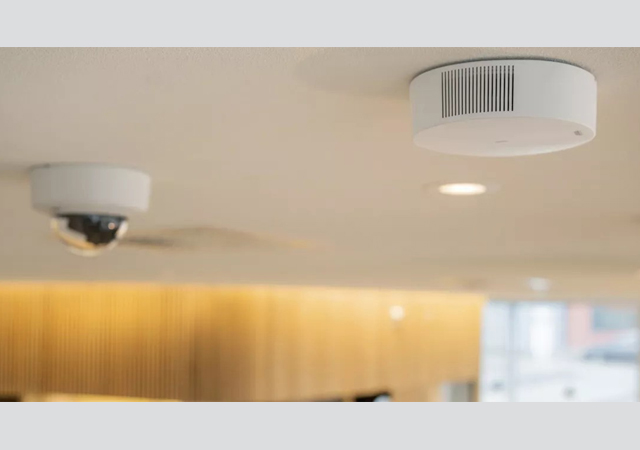


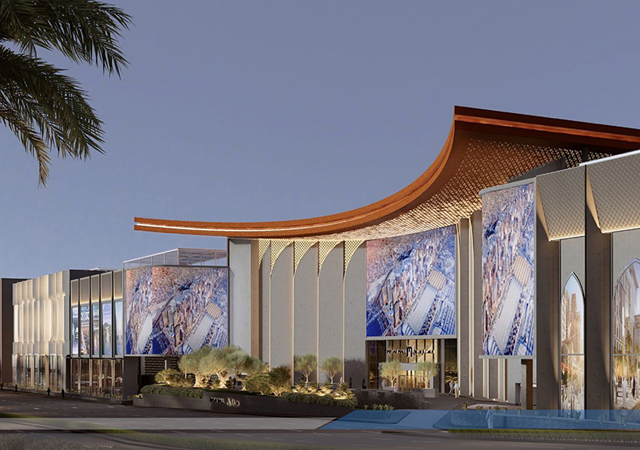
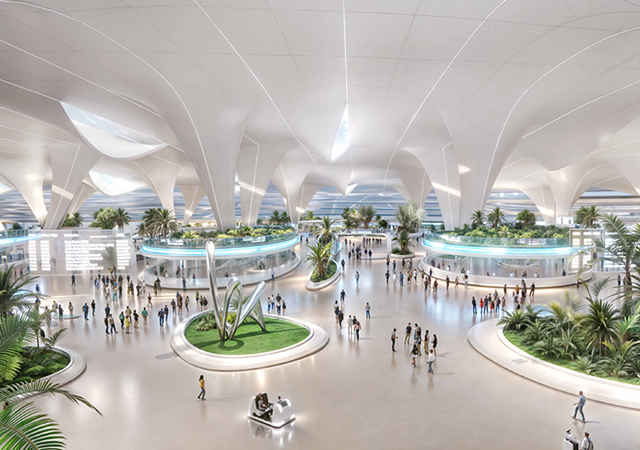
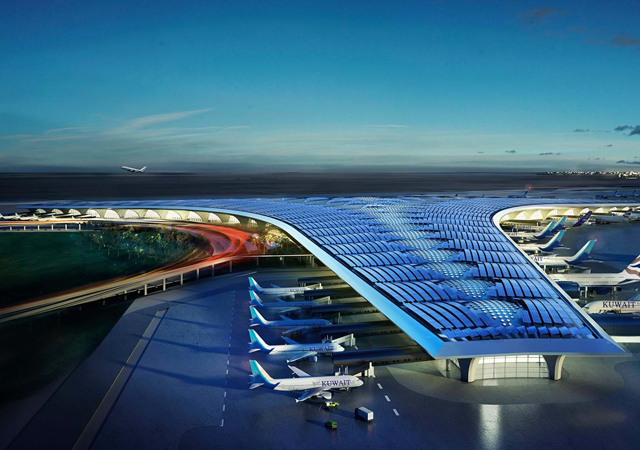
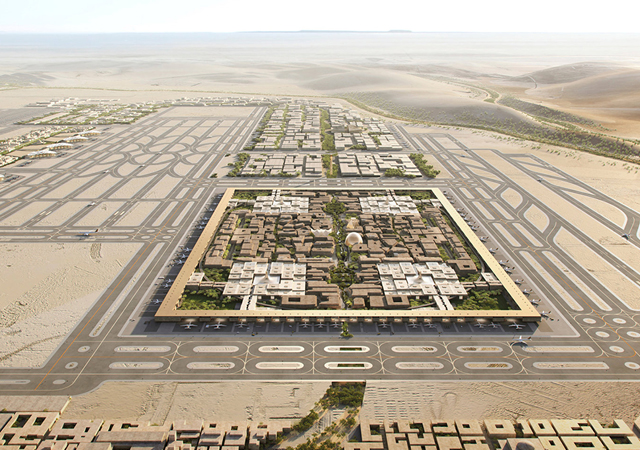
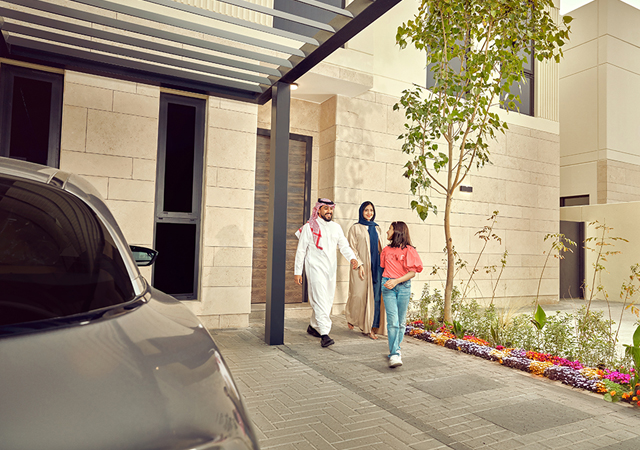
.jpg)
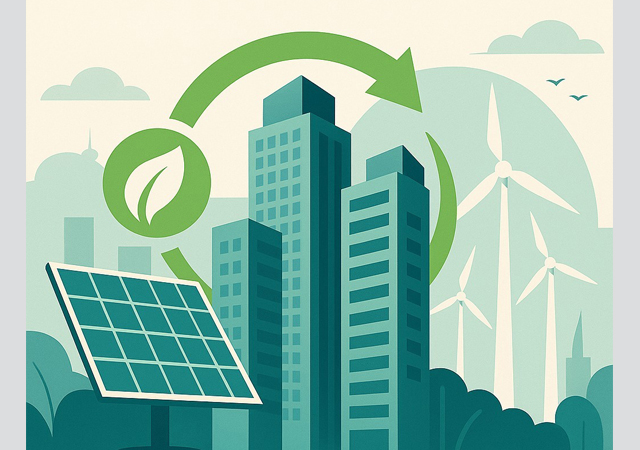
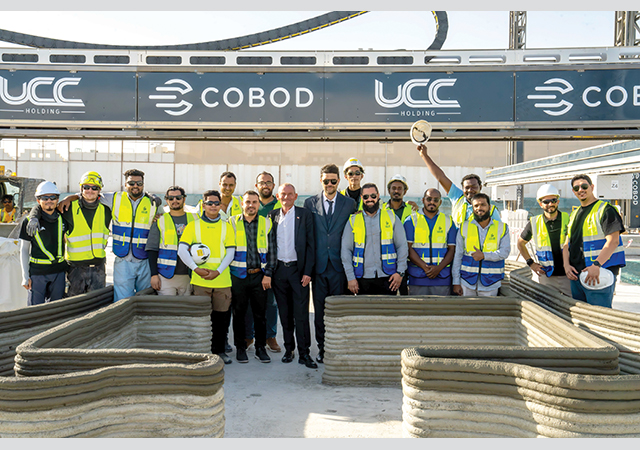
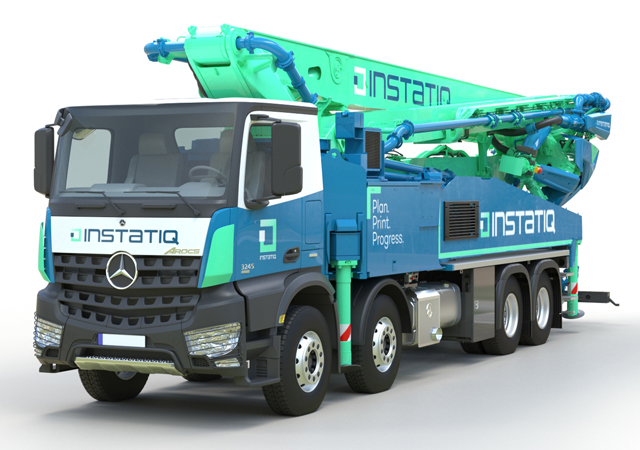
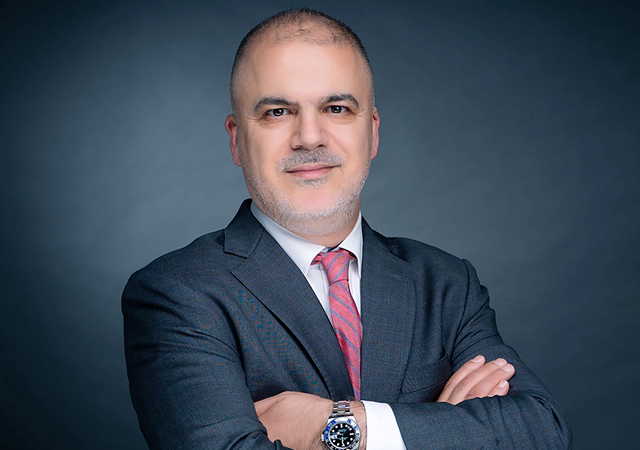
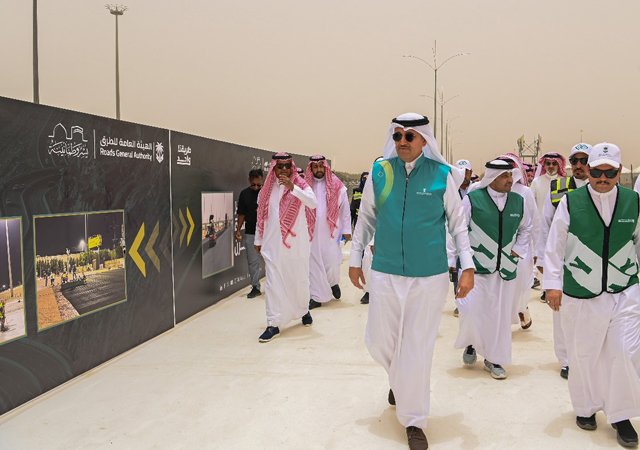
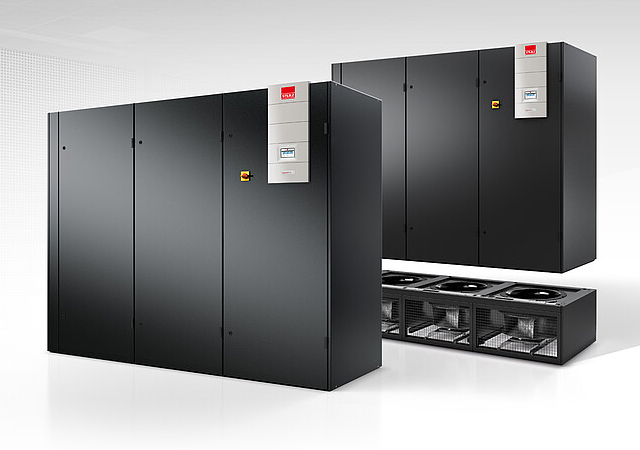
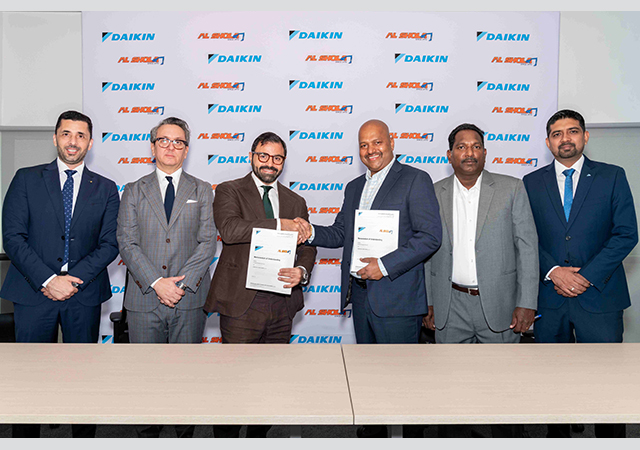


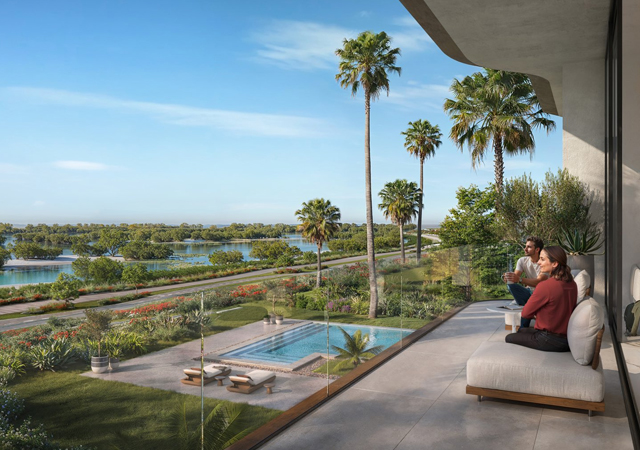
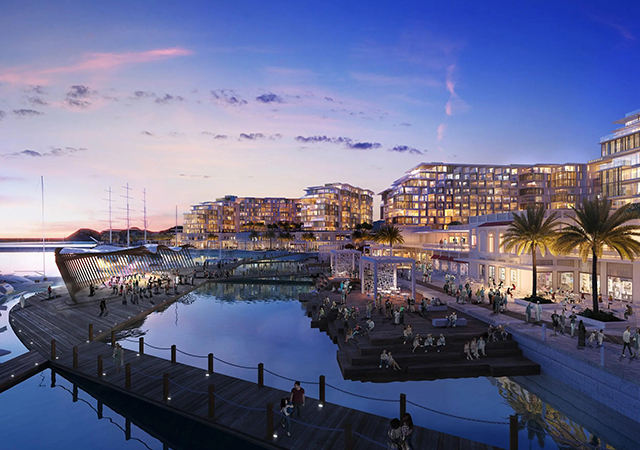
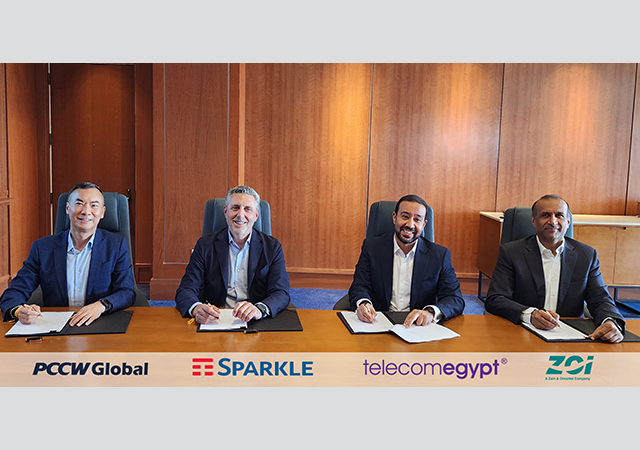
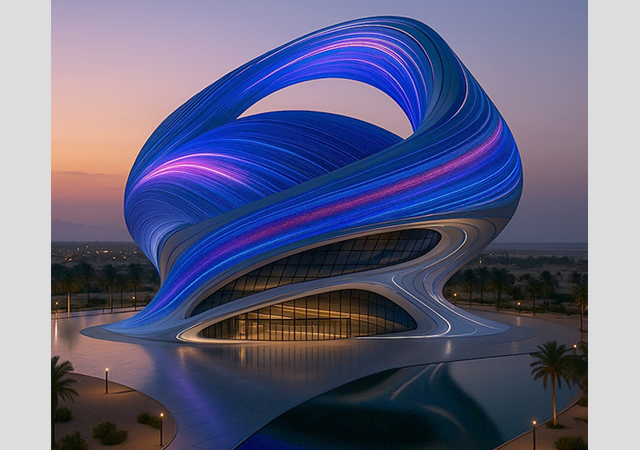
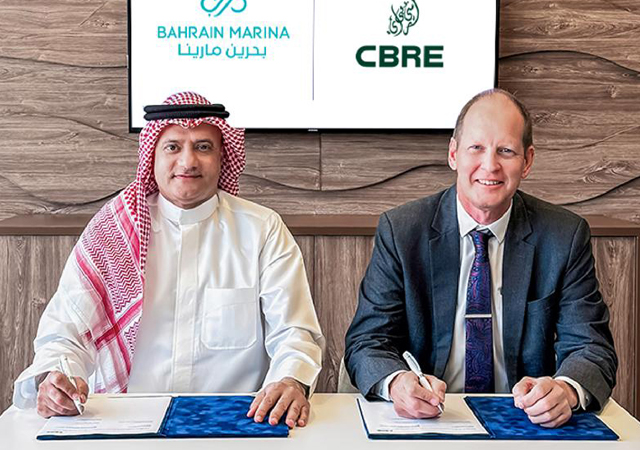
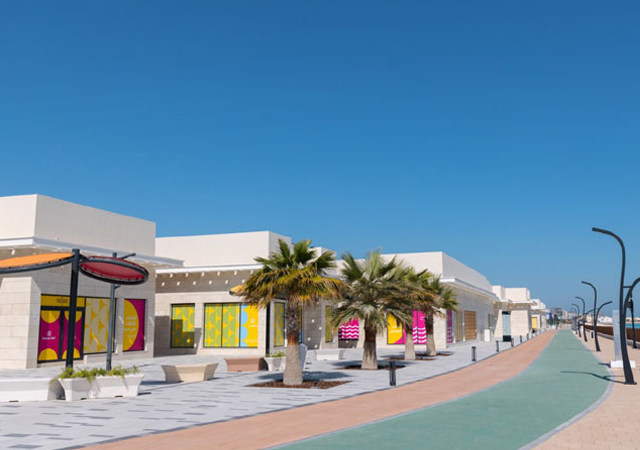
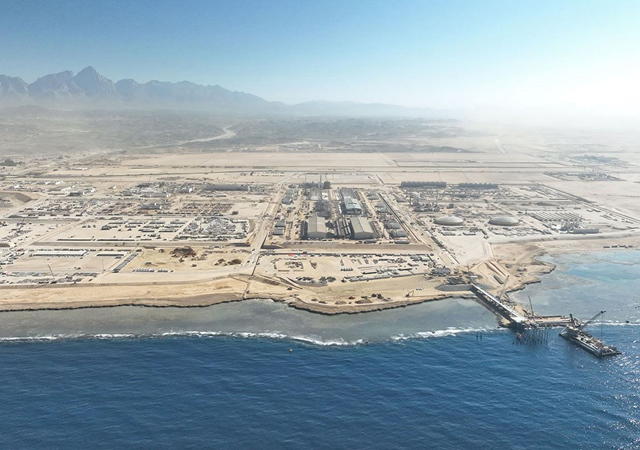
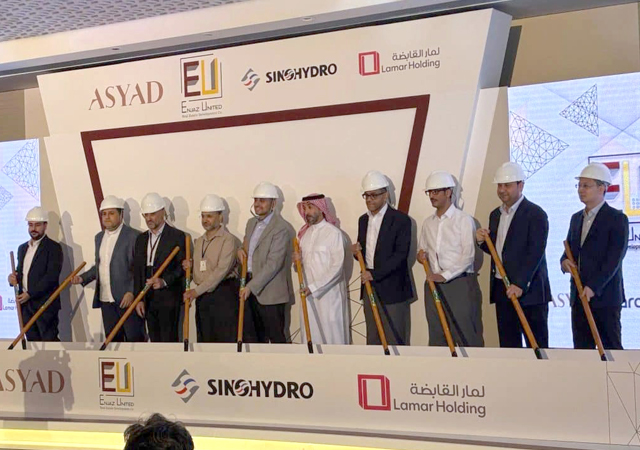
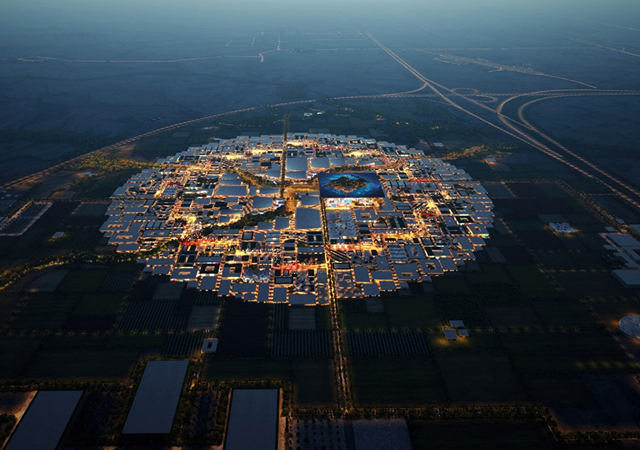
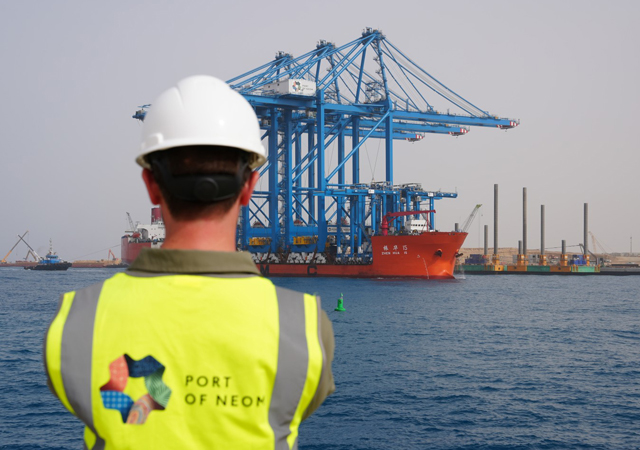
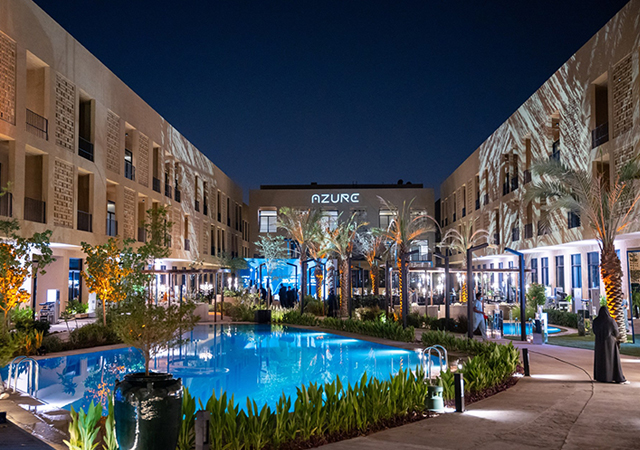
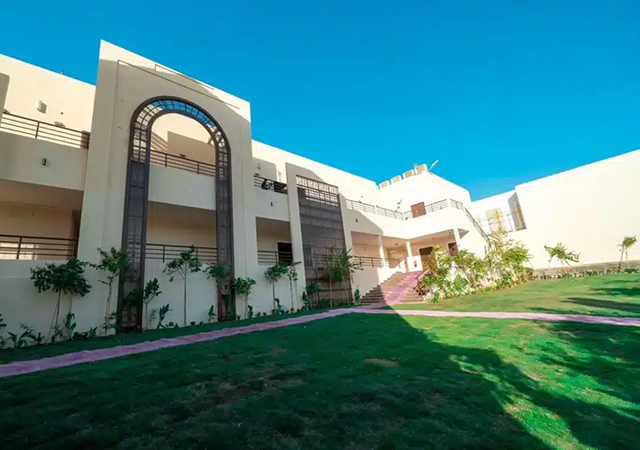
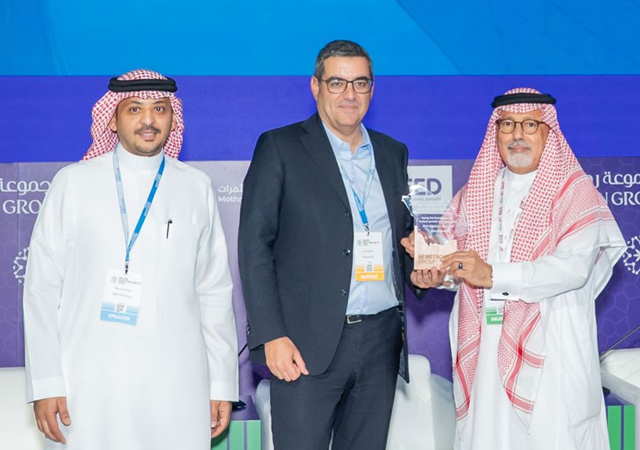
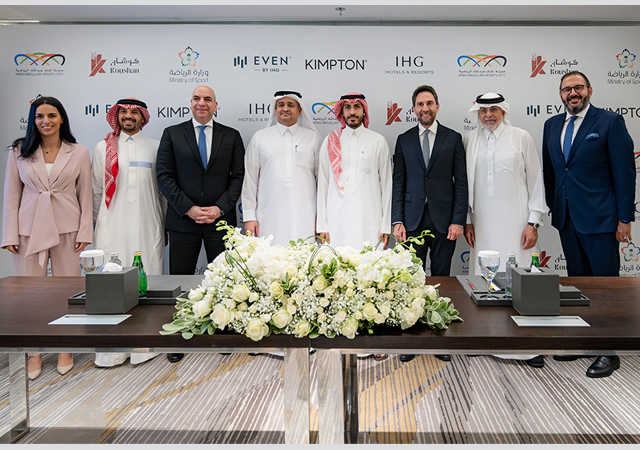
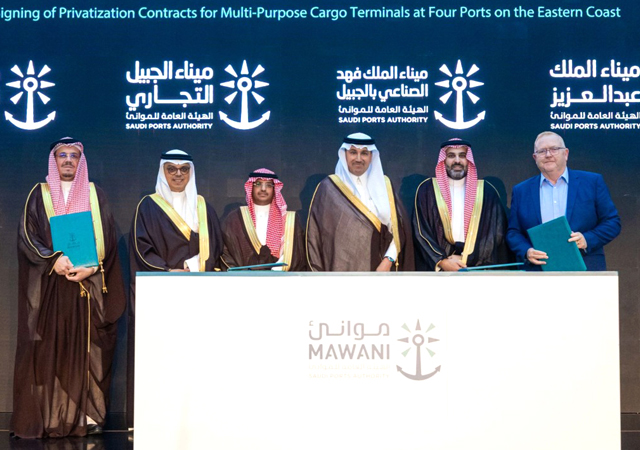
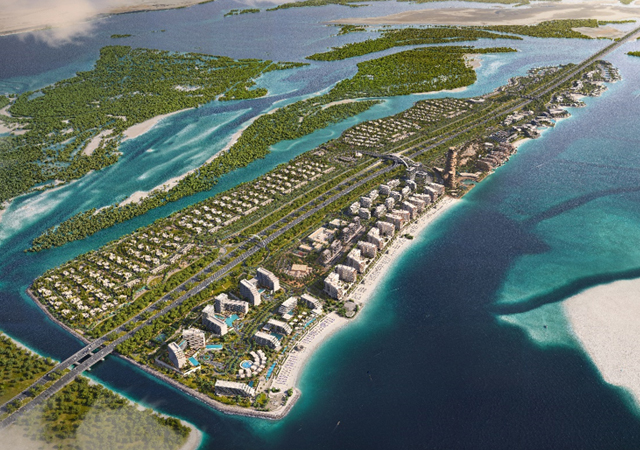
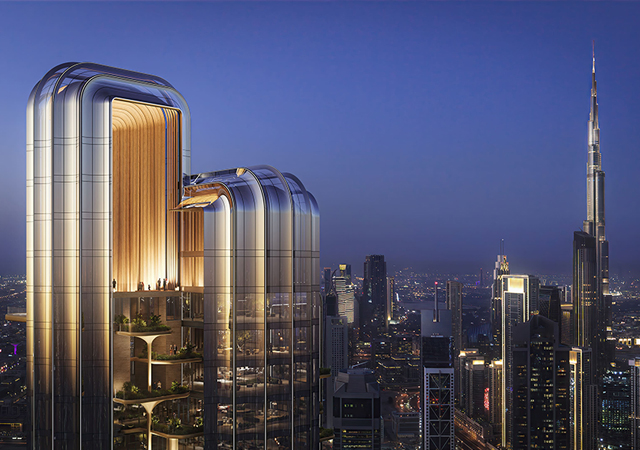
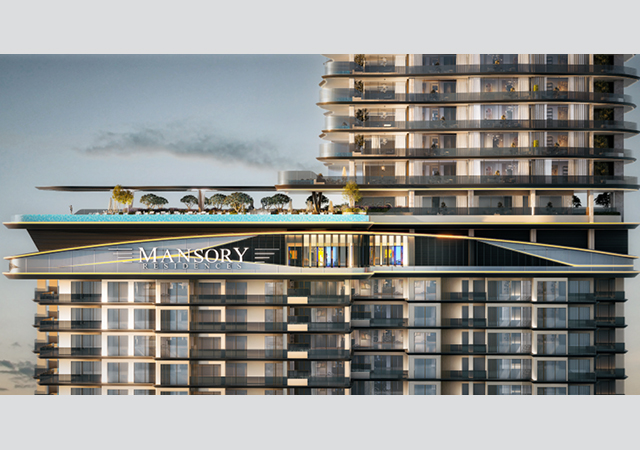
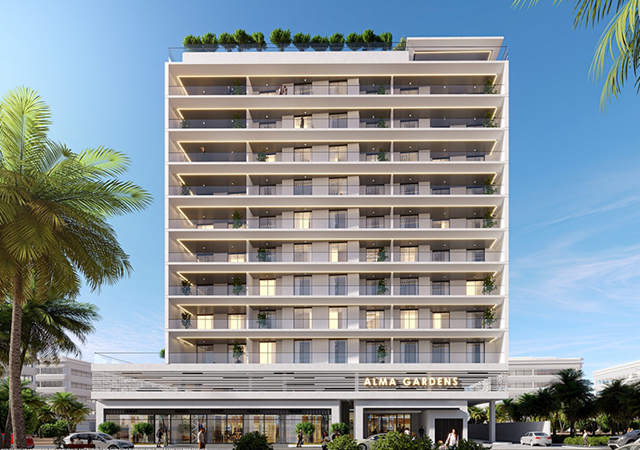
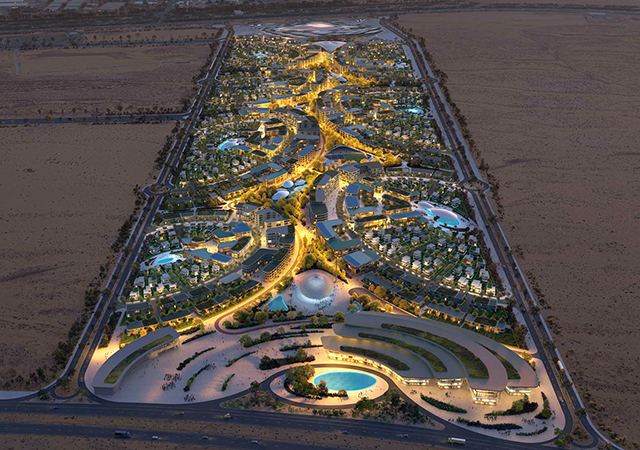
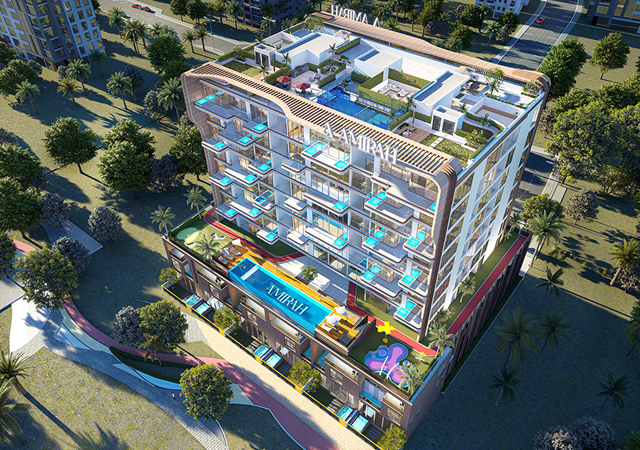
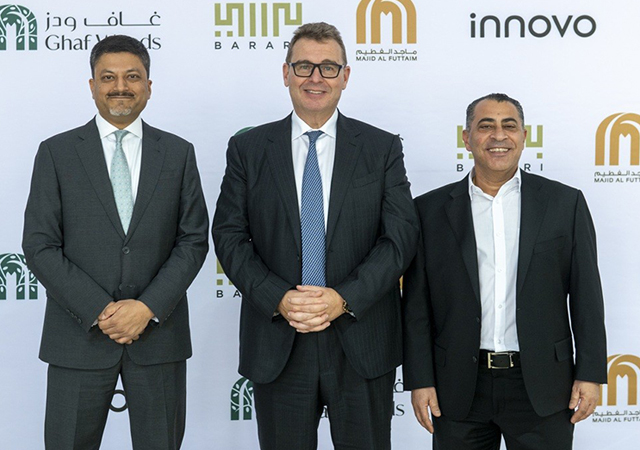
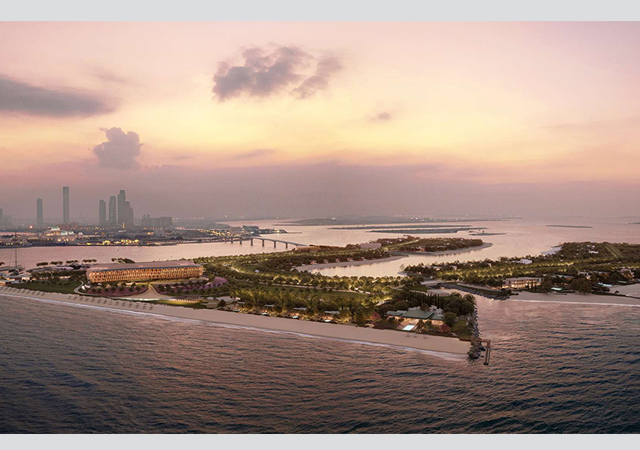
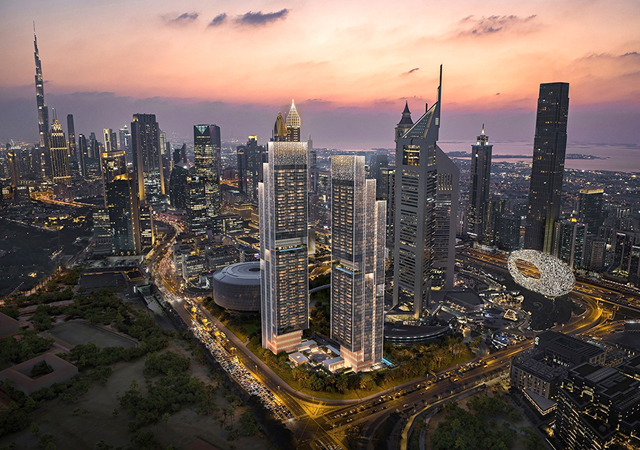
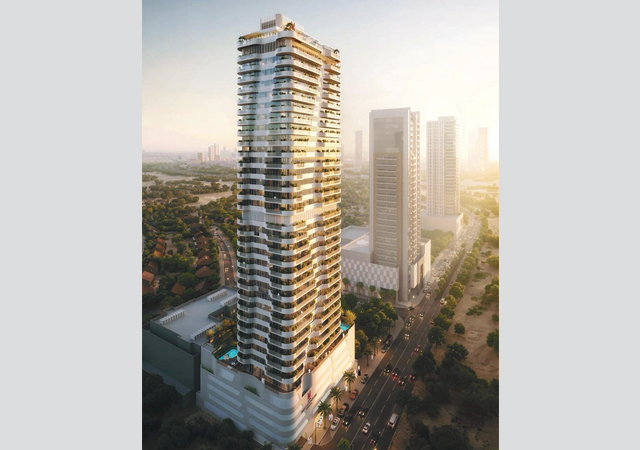

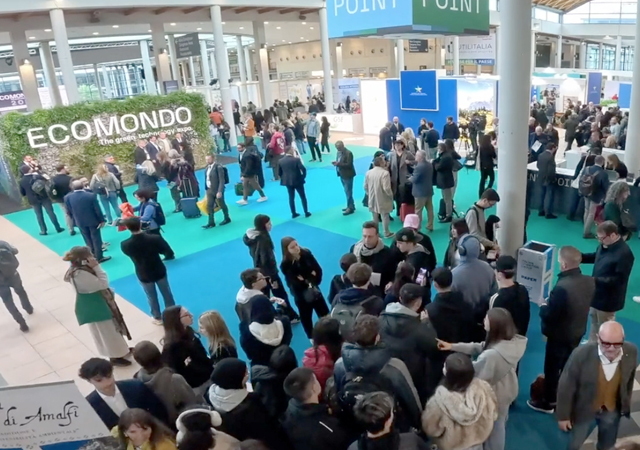
.jpg)

















.jpg)












